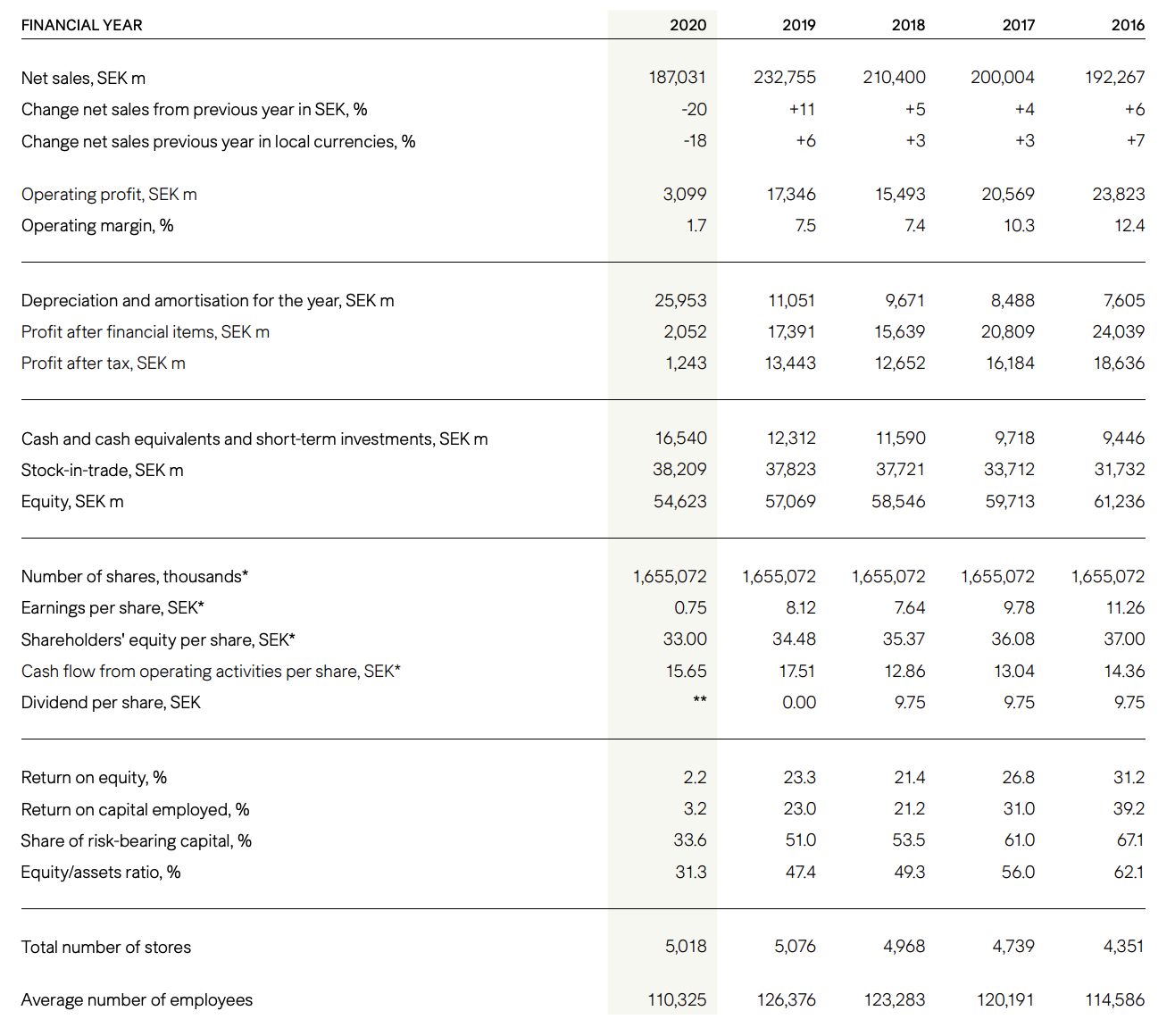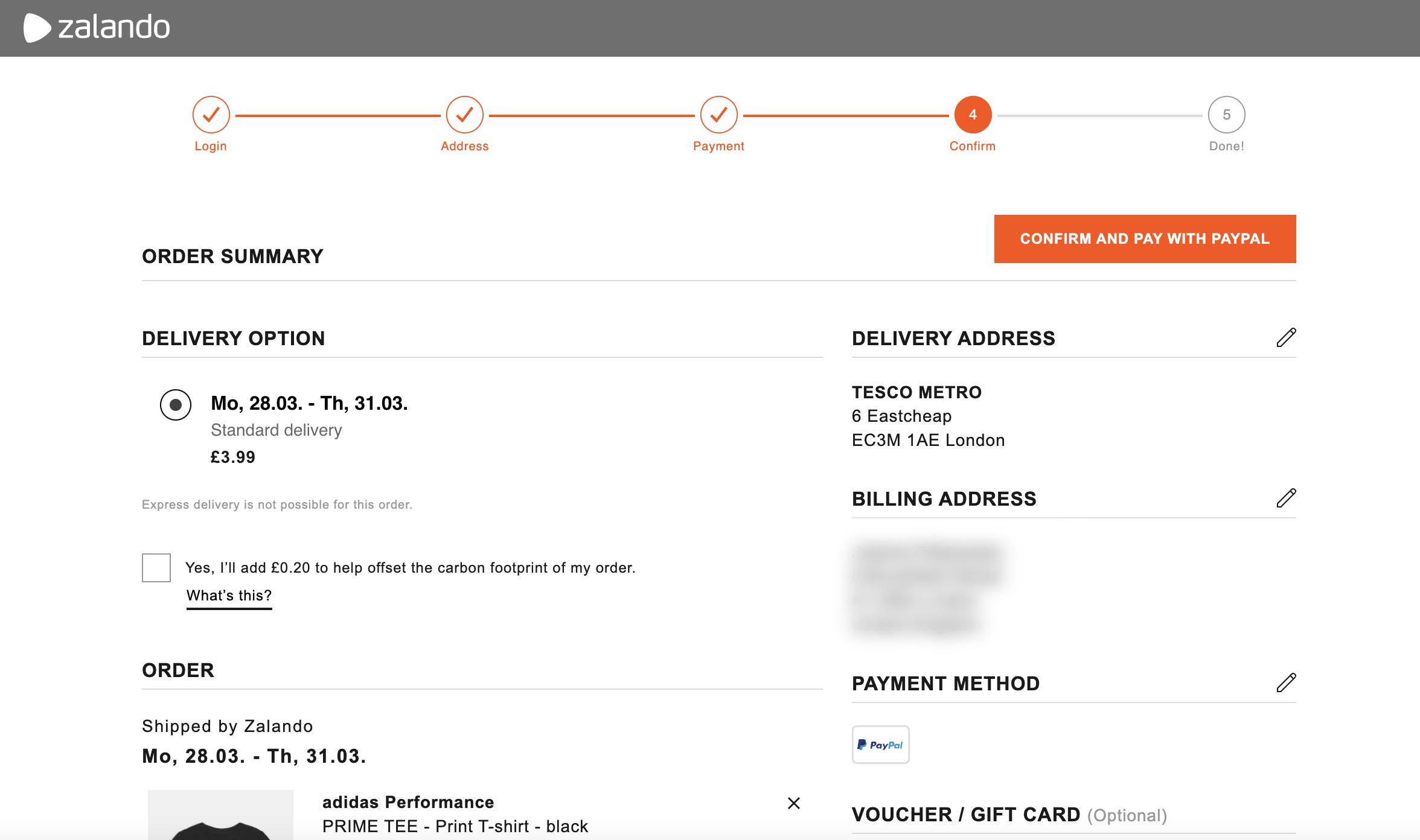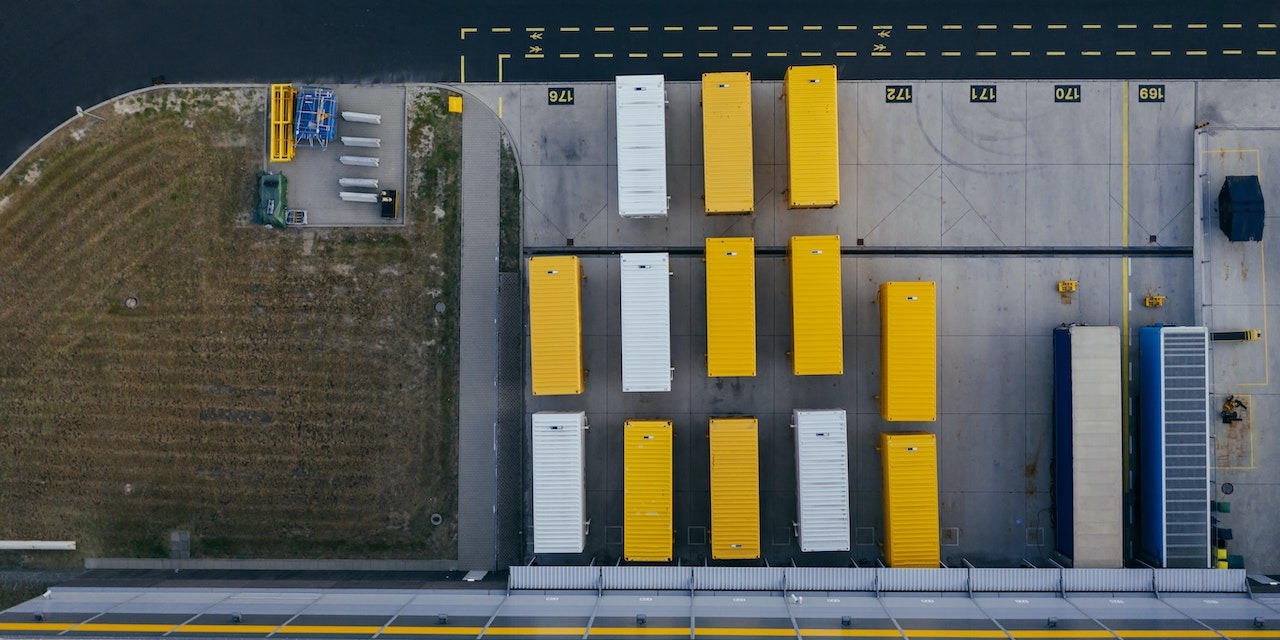In order to answer your request, we are obligated to process the data given above. Sometimes, however, we would like to use them for slightly different purposes, such as statistical data or informing you about our new products and services.We promise that we will use the given information for communication purposes only. We also remind you that you can unsubscribe from our mailing at any time (see Privacy Policy).
Ongoing environmental changes are a cold shower for world trade and its stakeholders. The studies carried out by recognised scientific and research institutes leave no doubt: we are on the edge of a climate disaster that can only be slowed down by radical action.
It is not surprising that more industries and the entire logistics sector are taking such steps. Green practices are required at every stage of the production and supply chain to complement each other effectively. Joint efforts give hope for improvement of the current situation, the possibility of creating sustainable logistics, and ultimately a happy ending.
The fashion industry, which for years has been one of the most closely watched sectors, plays an extremely important role in addressing environmental sustainability. This is due to at least several factors, such as:
- a love of style and good look knows no bounds - millions of people all over the world are interested in fashion, so the reach brands in this industry can boast is often incomparable to others,
- the boom of fast fashion, which has gained a lot of fans as well as a huge number of opponents, points to the waste of colossal amounts of raw materials - according to a McKinsey report, the fashion industry is responsible for approximately 40 million tonnes of textile waste annually,
- the use of cheap labour and the problems with disposing of such quantities of clothes has turned the spotlight on this sector,
- the long-standing work of animal welfare organisations have drawn the public's attention to ethics in the fashion industry.
If we look at these situations objectively, the fashion industry was one of the first to openly face criticism regarding production and its environmental impact. It is therefore a sector that started to take steps towards eco-friendly change long before others.
Consumer activism is on the rise
Consumerism has become a sign of our times and, although this may be difficult to admit, it is responsible for many of today's environmental problems. But customer awareness has also changed considerably over the last five years.
There is a reason why we mentioned the problems that the fashion industry has seen over the years, and that is because similar circumstances now surround the world trade and logistics sector. Taking action and moving towards a green supply chain is no longer only discussed at global environmental summits or in scientific reports, but also among the driving force behind all trade - consumers.
The generational change that has taken place has also contributed to greater activity and interest in this area. As we can read in the Global Sustainability Study 2021 prepared by Simon-Kucher & Partners, 32% of Millennials have significantly changed their behaviour towards being more sustainable in their purchasing over the last five years and Generation Z is following in their footsteps. The same research also shows that 78% of global consumers believe that environmental sustainability is important and like to think of themselves as green buyers.
This means that eco-friendly changes taking place in supply chains will not only be supported by consumer behaviour, but actually required by it.
Interestingly, consumers are not only ecologically conscious but also keep a close eye on the brands whose products they purchase. Buyers look for clear statements of environmental action in their communications and want to make sure they're supporting those companies that are closest to the values they believe in.
Sustainable logistics solutions
How does all of this relate to the changes taking place in logistics and order fulfilment? Quite clearly, it must be said.
One outcome of this is the concept of green supply chain management, which integrates economic and environmental factors: reducing carbon footprint and exploiting renewable energy sources while simultaneously improving profitability and the company's perception. Which actually sounds like the perfect plan, doesn’t it?
However, it's difficult to dive straight into the deep end and make such a major shift. Proper business management requires that certain developments should be made gradually. That’s why several smaller activities are undertaken at various stages of the supply chain.
Sustainable warehousing: Distribution centres
Inventory management is one of those logistical processes that might seem least likely to undergo a green shift. Nevertheless, it can offer at least one option for a sustainable supply chain - differentiation of warehousing and fulfilment points.
This is a benefit to all growing fashion retailers, not only because it reduces CO2 emissions but also since it helps with processing incoming orders more efficiently.
Thanks to a distribution of stocks in strategic points of sales regions, the number of transport methods involved in the whole process is fewer than in the case of shipment from one central fulfilment facility. By shortening the distance between the warehouse and the delivery address, retailers can simply reduce their carbon footprints while gaining a business advantage in the form of simplified scaling as well.
Shameful fashion statistics
Since we are on the subject of storage, it would be remiss not to mention the infamous numbers that remained taboo in the world of fashion until a few years back.

The table above is sourced from H&M's Annual Report 2020, and it clearly shows the increasing monetary value of unsold products (referred to as stock-in-trade) over the last five years - hundreds of thousands of tons of wasted material and millions of dollars frozen in unsold clothes are facts. Much of this turns into deadstock - products that clog up warehouses with no chance of being sold anymore and ending up in landfills or incinerators, which are the main methods of waste disposal.
Although the following may seem illogical, for many recognisable brands it was apparently more beneficial to throw away or burn unsold clothes rather than risk negative brand exposure during record low price sales. Only recently have some decisive steps been taken, thanks to changes in law, enhancing the outlook for eco-friendly clothing.
Sustainable packaging: Recyclable or reusable materials
We have all heard of recycling, and mainly associate the practice with sustainable and reusable packaging. Although this is certainly the right track, it is also a solution that is now gaining in popularity among fashion brands, helping to reduce the negative effects of over-production and the aforementioned deadstock on the environment.
This concept is a part of closed-loop manufacturing, which means that production materials can be reused. As a result, there is a growing range of clothes and accessories that are made partly or wholly from recycled materials and textiles. Many of the most popular brands have already adopted this approach, labelling such products in online shops to distinguish them from others. By taking action in this form, companies also give their customers clear signals about trying to be environmentally sustainable and leave them the choice of which products they prefer.
Order fulfilment has a lot to offer in this area too. Ideas for eco-friendly packaging materials are thriving, with the most popular being:
- recycled cardboard boxes and envelopes,
- paper packages containing seeds - customers can plant them in the ground and wait for new life to spring from the used packaging,
- delivery bags and insulated packaging made of biodegradable or compostable materials, like those created by Packhelp,
- wooden containers,
- green cushioning materials, e.g. eco nuts or craft paper sheets,
- paper tape and even ecological glue.

It's worth mentioning movements that promote reusing delivery packaging, which is another practice that is growing in importance. It's convenient for both logistics providers and customers, since the former can save on new packaging while the latter no longer have to worry about its disposal.
Moreover, another rising trend - to use less packaging material - is highly relevant too, as is the element of waste management. And as you almost certainly already know, any reduction in the use of raw materials is important for the planet.
Ecological packaging is the perfect match to a sustainable offer in the fashion industry, helping build a consistent brand image.
Sustainable shipping & delivery: Global footprint
There is perhaps no other area of logistics that requires as much attention as transport in the broadest sense. World trade would not exist without it, and because of that, transport has an even greater environmental footprint than you might currently think.
Studies indicate that freight demand will triple by 2050, which is not a good forecast for the planet at all. Emissions of greenhouse gases, including carbon dioxide, come largely from transportation - in 2018, marine vessels alone were responsible for around 3% of global CO2 emissions.
That’s why a large number of innovative solutions and eco-friendly logistics initiatives are implemented in this sector:
- green vehicles (electric cars, bicycle deliveries, or electric robots delivering packages 24/7)
- biofuels (reduction of heavy fuels, use of liquefied natural gas, and exhaust gas cleaning systems)
- slower deliveries (fast shipping means higher fuel consumption and therefore greater CO2 production)
- route optimisation programmes (real-time planning of delivery routes, including traffic congestion)
- bundling of multiple deliveries (grouping packages to a specific address or region in order to deliver them in one go)
At the same time, the logistics industry is trying to balance environmental measures with customer expectations to offer both quick and less harmful deliveries.
Carbon offsetting, mostly seen in last-mile logistics, is a perfect example of an environmental effort involving ecommerce retailers and logistics providers. This is not just an activity undertaken by companies, but also an opportunity to engage customers. Zalando, for instance, does it by allowing customers to decide if they want to contribute to neutralising the delivery footprint of their orders at the checkout stage.

Thereby, each shopper can decide individually. Of course, online shopping platforms do not limit themselves just to this - very often they carry out many other environmentally friendly operations to support mother nature, such as the use of recyclable materials referred to earlier.
Summary
The question may arise as to whether or not all of these measures will not complicate an already complex delivery flow. To a certain extent, for sure they will. However, the changes that are taking place cannot happen without disturbing the current status quo.
The number of tools in the hands of retailers and the logistics sector as a whole is growing, and together their combined impact will be strengthened. As such, this is the best thing we can do for the environment right now.







